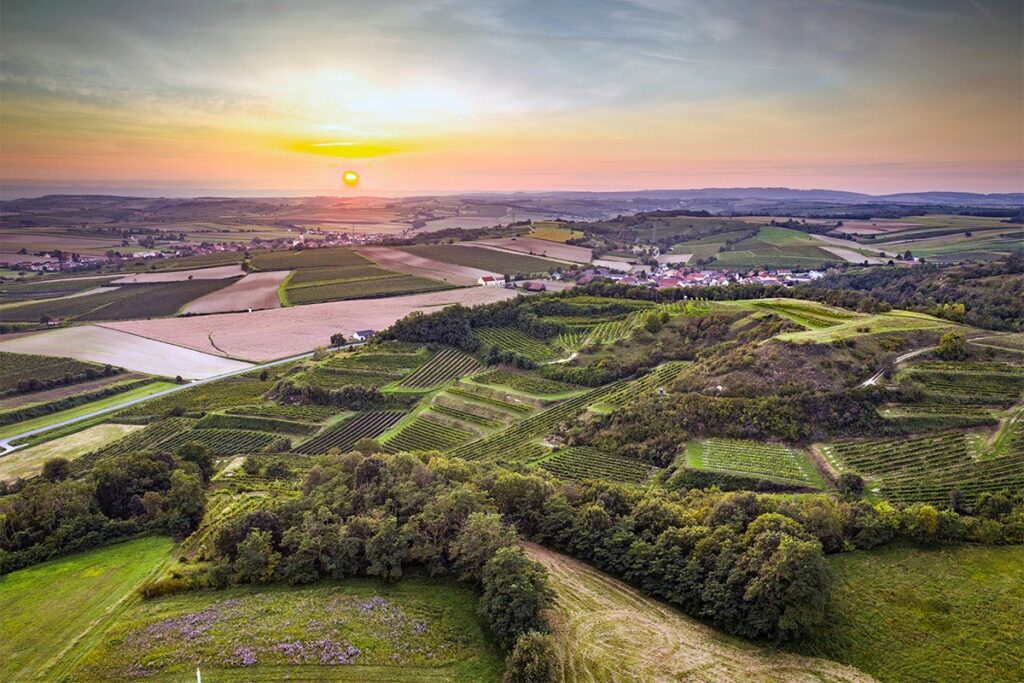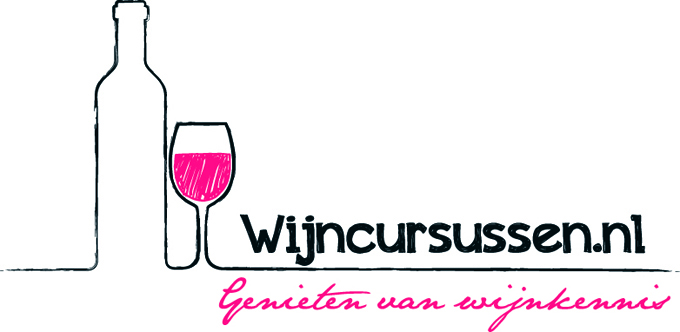
The origin of regionally typical wines from Wagram is now legally protected by the Austrian DAC system.
© Austrian Wine / WSNA
Collective amendment also defines Ortsweine for the Kremstal – A comprehensive collective amendment to the Austrian Wine Law is bringing in major changes. Wagram becomes the 17th wine-growing region in Austria that can apply the protected DAC designation to wines with regional typicity. Sekt with a protected designation of origin (Sekt g.U. (PDO)) will be named Sekt Austria (PDO) from now on. And the Kremstal region is gaining nine legally defined Ortswein (villages wines) origins.
Three levels of Wagram DAC: Gebietswein, Ortswein & Riedenwein
After intensive deliberation, the Wagram region submitted a draft DAC decree, which has now been signed by the Austrian Minister of Agriculture, Sustainability and Tourism, Elisabeth Köstinger. This makes the protected designation of origin “Wagram DAC” the seventeenth of its type in Austria.
Like other regions before it, Wagram decided to subdivide its DAC wines into the categories Gebietswein (regional wine), Ortswein (villages wine) and Riedenwein (single-vineyard wine). At the Gebietswein level, the traditional range of 13 permitted grape varieties is retained, including both white and red varieties. Gemischter Satz (field blend) and cuvée blends are also allowed. With regard to Ortswein, the DAC decree establishes 27 protected designations of origin. The number of permitted grape varieties is reduced down to just seven. These wines must be monovarietal. The pinnacle of the origins pyramid is represented by Riedenwein, namely wines from a single, legally defined vineyard. The flagship white varieties of the Wagram region, Grüner and Roter Veltliner, are permitted for these wines, as is Riesling.
All wines must correspond to the definition of a “dry” wine, and the whites must under no circumstances have a dominant woody note. The decree applies to wines from the 2021 vintage onwards. “This was not an easy nut for the winemakers of the Wagram region to crack, but after comprehensive discussions and much thought, the Wagram region is now able to join the DAC family,” enthuses Chris Yorke, CEO of Austrian Wine (Austrian Wine Marketing Board). “We will now pursue the successful route of origin marketing together.”
Sekt g.U. (PDO) is replaced by Sekt Austria (PDO)
The collective amendment also ushers in a significant change for Austria’s sparkling wines. From now on, Sekt with a protected designation of origin (Sekt g.U. (PDO)) can only be sold in conjunction with the terms “Sekt Austria (PDO)”, “Sekt Austria Reserve (PDO)” or “Sekt Austria Große Reserve (PDO)”. The aim of this move is to ensure that the 100% Austrian origins of these Sekts (grapes from Austria made into Sekt in Austria) is communicated more clearly. Austrian Sekt is easily identified by the red-white-red banderole on the top of the bottle.
“Our Sekts are of the highest quality and are becoming increasingly sought-after on the international stage,” Yorke explains. “By employing the designation “Sekt Austria” for sparkling wines with all-Austrian origins, we are creating a clear position and profile for these premium wines, which come in three classes.” Strict regulations apply to Sekt Austria (PDO), based on those governing the best sparkling wines in the world. For example, Sekt Austria (PDO) must be aged on the lees for at least nine months, the Reserve for at least 18 months, and the Große Reserve, for at least 36 months (replacing the previous 30). Hand-picking is compulsory for Reserve and Große Reserve. While the grapes used for Sekt Austria (PDO) and Sekt Austria Reserve (PDO) must come from a single federal state, those for the Große Reserve must be harvested within a single municipality; single-vineyard Sekts are also possible in this class.
Kremstal: nine legally defined origins for Ortswein
The collective amendment also contains an update to the DAC decree for the Kremstal. At the Ortswein (villages wine) level, nine origins that are allowed on the label have now been legally defined: Krems, Stein, Rohrendorf, Gedersdorf, Stratzing, Senftenberg, Furth, Höbenbach and Krustetten.









